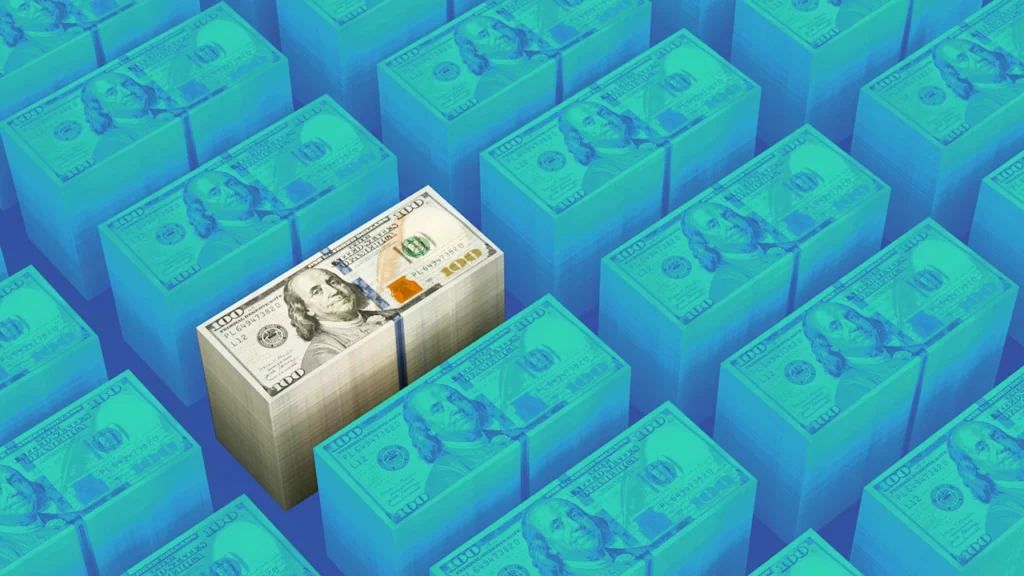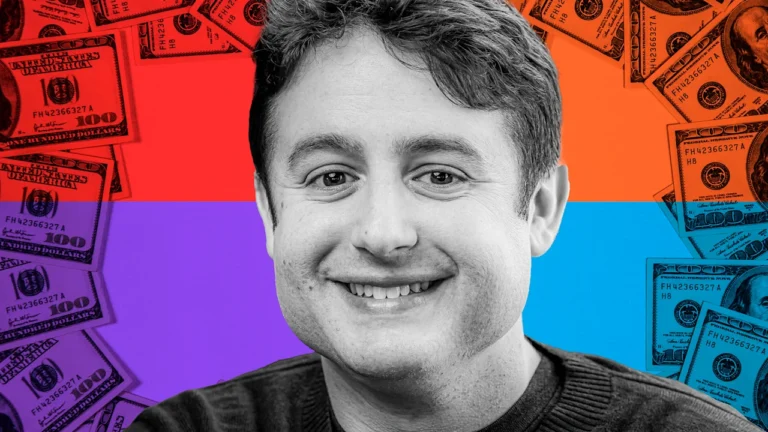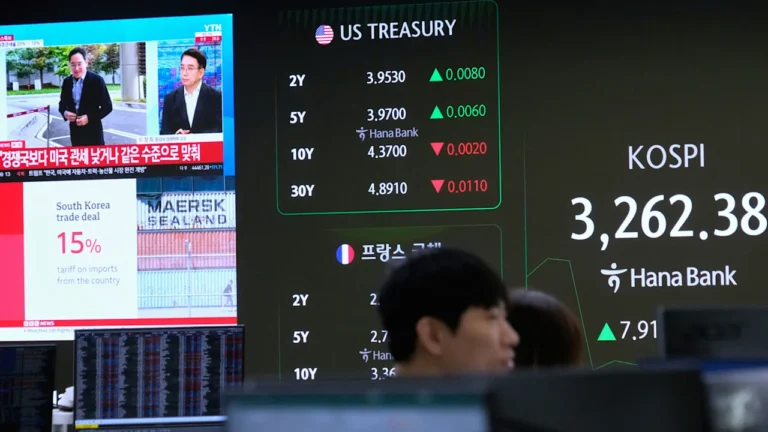
In 2025, if you’re still relying on spreadsheets and sheer willpower to manage your budget—what are you doing?
Tightening the purse strings is now in vogue as concerns about tariffs, inflation, job security and market volatility prompt many to pare back their spending, increase their savings, and, naturally, post about it on social media.
These days, if you’ve trained your algorithm well enough, a cursory scroll should be enough to curb any lingering shopping impulses. In 2024, “loud budgeting” encouraged people to be unapologetically vocal about their financial goals. Earlier this year, everyone started “revenge saving,” a counter to the “revenge spending” that took off post-pandemic.
“No Buy July,” is the latest, catchier, iteration of the “no-spend” challenges that have been around for years. The idea is simple: use the money you’d spend on takeaway coffee and other small indulgences to pay down debt, build up savings, or reach some other financial goal. Bonus points if you post about it on social media for added accountability.
If you’re truly masochistic, one creator recently went viral for sharing another controversial budgeting technique. “Recording myself saying things I wanna impulse buy instead of buying them,” read the video’s closed captions. The goal? ”To save money and make me hate myself.” This one is yet to catch on.
There’s a reason so many people are turning to saving challenges to hold each other accountable right now. Saving money is challenging at the best of times. For some, it’s easier to say “I’m doing No Buy July” than “I can’t afford that coffee right now.”
The trends aren’t all talk. The U.S. personal saving rate—the percentage of disposable income saved after taxes and spending—has risen to 4.5% in May, according to Bureau of Economic Analysis data. That is slightly down from 4.9% in April, but up significantly from 3.5% in December.
The uptick coincides with growing anxiety, with a recent Santander Bank survey reporting 40% of Americans are more worried about emergency savings than at the start of the year, with 50% concerned about a recession and 53% about inflation. At the same time, the average length of unemployment is now over five months, one month longer than it was last year .
The popularity of these saving challenges isn’t simply a case of people jumping on the latest trend. It reflects many American’s economic reality. The Consumer Price Index has shot up by 24% since 2020.
Moreover, prices don’t look like they’ll drop anytime soon. As President Trump barrels toward his latest tariff deadline, the overall U.S. tariff level is now the highest its been since the 1930s and while prices have been largely stable, they are projected to increase.
In this economy, if a viral saving challenge keeps you on track with your financial goals, in for a penny in for a pound.


